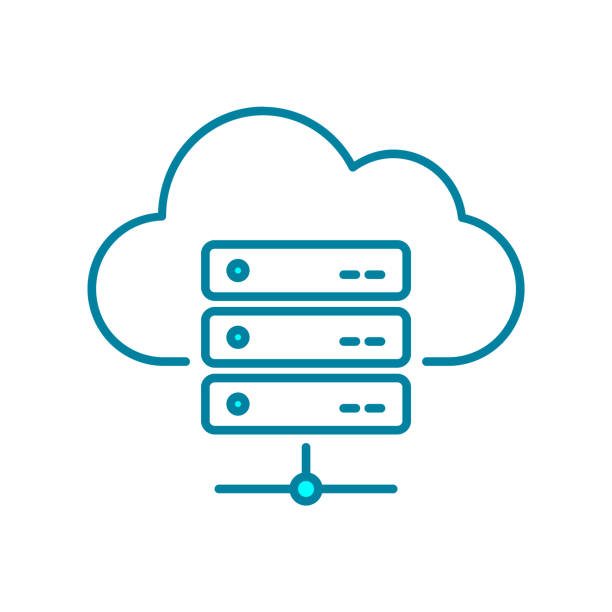
The early days of cloud migration were dominated by the “lift-and-shift” approach, moving on-prem workloads to cloud environments with minimal changes. While this strategy offered speed and short-term cost benefits, it often failed to unlock the full potential of the cloud. As we move through 2025, enterprises are realising that cloud-native resilience isn’t just a bonus, it’s a business imperative.
The Shortcomings of Lift-and-Shift
Lift-and-shift migrations typically replicate legacy infrastructure in the cloud. This means organisations often retain monolithic applications, rigid configurations, and brittle architectures in environments that demand flexibility and scale. The result? Increased operational complexity, underutilised services, and higher-than-expected cloud bills.
More critically, these systems lack resilience, the ability to recover quickly from disruptions and scale dynamically in response to change.
What Is Cloud-Native Resilience?
Cloud-native resilience goes far beyond high availability zones or backup policies. It’s about designing systems that are:
- Distributed: Leveraging microservices and containers to reduce blast radius.
- Observable: Using telemetry and monitoring to detect and respond to anomalies in real-time.
- Automated: Applying self-healing infrastructure and auto-scaling to reduce manual intervention.
- Immutable: Treating infrastructure as code to enable rapid recovery and consistent environments.
- Tested: Regularly stress-testing systems using chaos engineering to identify and fix weaknesses before failure strikes.
This mindset treats failure as inevitable and prepares for it with architectural foresight.
Resilience in a Multi-Cloud and Hybrid World
In 2025, enterprises will not just be cloud-first but cloud-diverse. From AWS and Azure to on-prem Kubernetes clusters and edge nodes, cloud-native resilience must span a distributed digital estate.
This requires:
- Unified observability across clouds and services
- Service meshes for managing cross-platform communication
- Resilient APIs with circuit breakers and retries built in
- Cross-cloud backups and DR strategies that avoid vendor lock-in
Resilience as a Competitive Advantage
Cloud-native resilience is no longer just about uptime. It influences customer trust, regulatory compliance, and innovation velocity. The most resilient systems empower teams to deploy faster, recover from incidents gracefully, and scale without breaking the architecture.
CIOs and CTOs are beginning to frame resilience not as a cost centre, but as a strategic differentiator. Modern SLAs include Mean Time to Recovery (MTTR), blast radius scope, and change failure rate—metrics that reflect how well your system responds to stress, not just how it performs when things are fine.
Moving Forward: Design for Disruption
Organisations that thrive in 2025 are those that proactively design for disruption. Cloud-native resilience is not a product you buy, it’s a principle you build into every layer of your architecture, culture, and delivery process.
The shift from lift-and-shift to resilient-by-design is underway. In a world of constant change, that shift may determine whether your digital services bend or break.

Leave a Reply